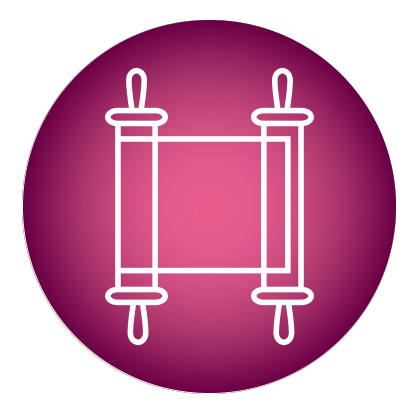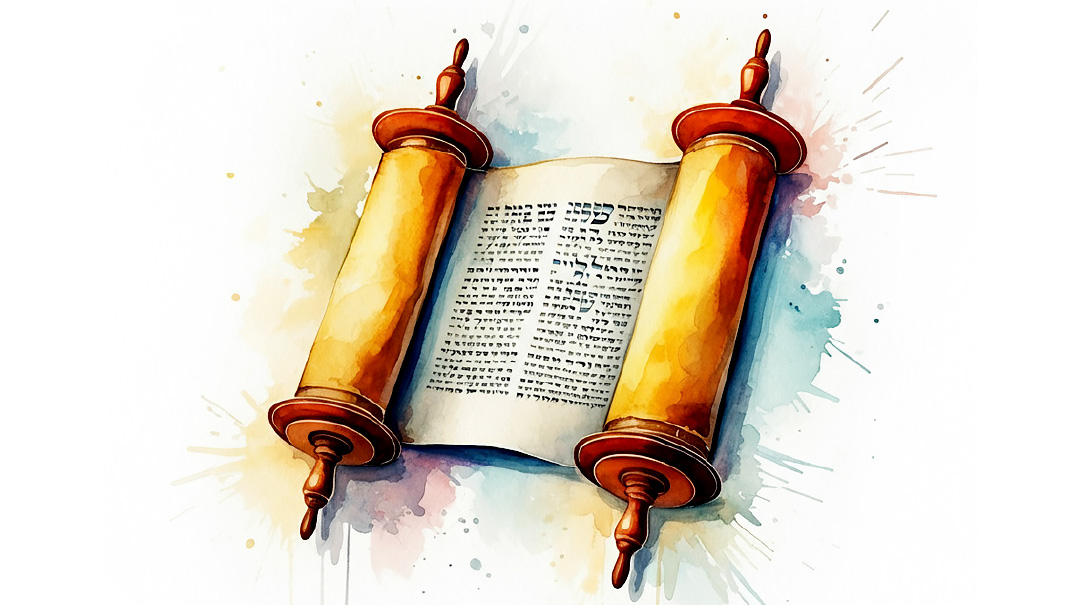For My Name’s Sake

The name of a person is the source, the root of a person

“And Hashem made from the earth, every animal of the field and every bird of the sky, and He brought [each] to Man to see what he would call it, and whatever Man called each living thing, that was its name.” (Bereishis 2:19)
R
eb Shlomo Kluger explains that a name depicts the nature of that being. Hashem didn’t place any nature upon the animals. Rather, when Adam assigned each creature a name, that caused its nature.
Hebrew words aren’t just a means for identification; rather, Lashon Hakodesh identifies what the essence of the person or object is. Hashem looked into the Torah and created the world based on the holy letters of the Torah.(Rabbi Yankie Schechter, Parsha Pshetel).
I’m named after Rebbetzin Chaya Faigel Heiman, wife of the legendary Rav Shlomo Heiman of Torah Vodaath. When my grandfather first brought his family to America from war-torn Eretz Yisrael, they were still reeling from the murders of my grandmother, aunt, and uncle by the Arabs — Hashem yikom damam. Rebbetzin Heiman, a cousin of the family, was a widow and had no children, so she offered to raise my mother, the only daughter left in the family. My mother merited to spend her childhood years under the care of this ishah tzadikah.
A person’s Hebrew name isn’t merely a means of identification. The name expresses the true essence of the person — his strengths and tafkid in This World; it defines his neshamah. Although a person’s name is generally chosen by his parents, Hashem inspires them to give the name by which Hashem Himself called that neshamah in Shamayim before descending to This World.
Rebbetzin Heiman eventually remarried the chief rabbi of Israel, Rav Isser Yehuda Unterman, and relocated to Eretz Yisrael, where she passed away and was buried.
When I came to seminary, on my to-do list was to daven at the kever of my illustrious namesake. Equipped with (what I thought were correct) directions, I took a bus to Tel Aviv and walked several blocks in the heat until I reached the beis olam. I began searching for the section and row I’d written down, but I couldn’t find it. The cemetery was deserted, and I wandered in circles in the heat, coming close to tears.
Suddenly, an old man approached carrying a spade. (Eliyahu Hanavi, was that you?) Not only did the man work there, he also had a photographic memory of all the graves he tended and the ones he didn’t.
“HaRabbanit isn’t buried here.” He shook his head. “She’s in the other old cemetery of Tel Aviv.” He gave me directions, and I set out again in the heat, until I finally reached her kever.
It was a zechus to daven there, to reach out to this woman whom I’d never met, but to whom my mother owed so much hakaras hatov. Knowing the Rebbetzin had never merited children, I felt like a surrogate grandchild coming to daven at my bubby’s kever. I hoped she had nachas from me.
The Gematria of the word shemo (his name) is 346. That corresponds to the gematria of netzach netzachim (eternity). A name defines the person for eternity. Furthermore, the words “mekor” (source) and ratzon (will) are also the gematria of 346. The name of a person is the source, the root of a person, as well as giving the person the willpower to make something of his name.
Years later, my mother made her first trip to Eretz Yisrael since leaving the country over 50 years before. On her to-do list was a visit to Rebbetzin Heiman’s kever, and since I lived here, I was glad to accompany her.
When we pulled in, the caretaker’s cottage was locked, and there was no one around to give directions. Relying on my hazy memory, I drove slowly along the narrow paths lined with tombstones, trying to trace my steps of years ago. To no avail.
After circling a few times, I realized I wouldn’t get anywhere with the car. “You wait here,” I told my mother, “and I’ll walk a bit.” I parked the car on a path and opened the driver’s door carefully, as my door bumped gently against an upright tombstone precariously close to the car. As I exited, I glanced at the matzeivah and stopped in my tracks.
The Rebbetzin had brought us right where we needed to go.
L’illui nishmas Chaya Faigel bas Rav Yochanan
(Originally featured in Family First, Issue 863)
Oops! We could not locate your form.


